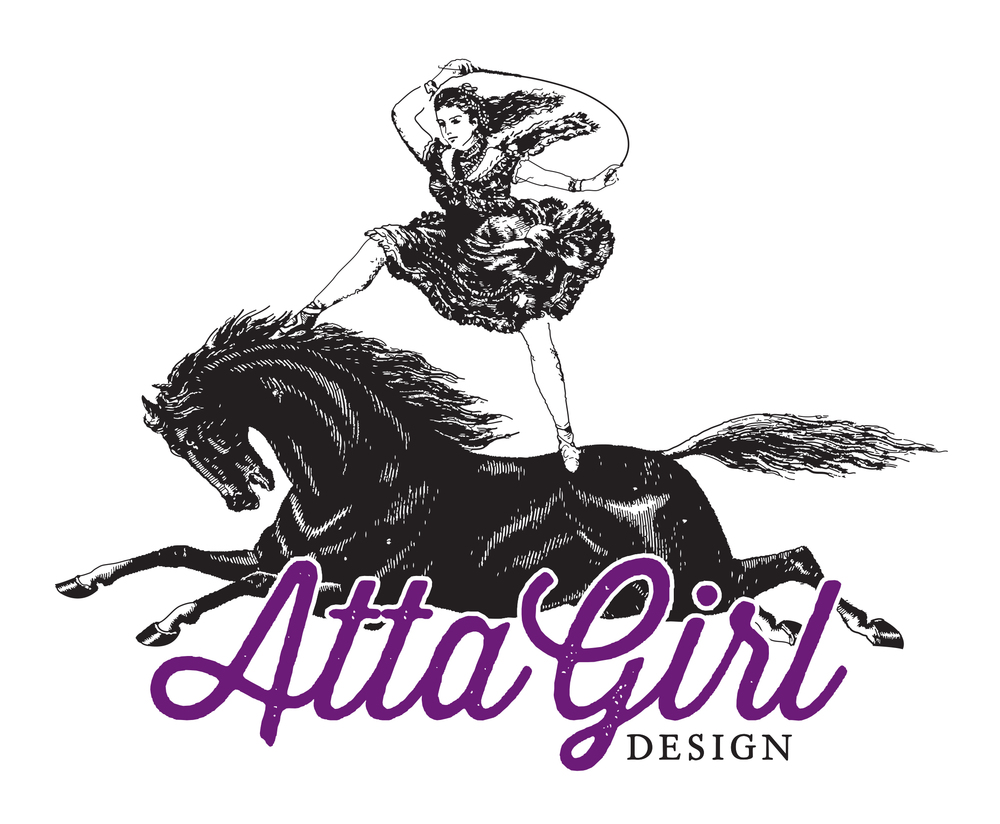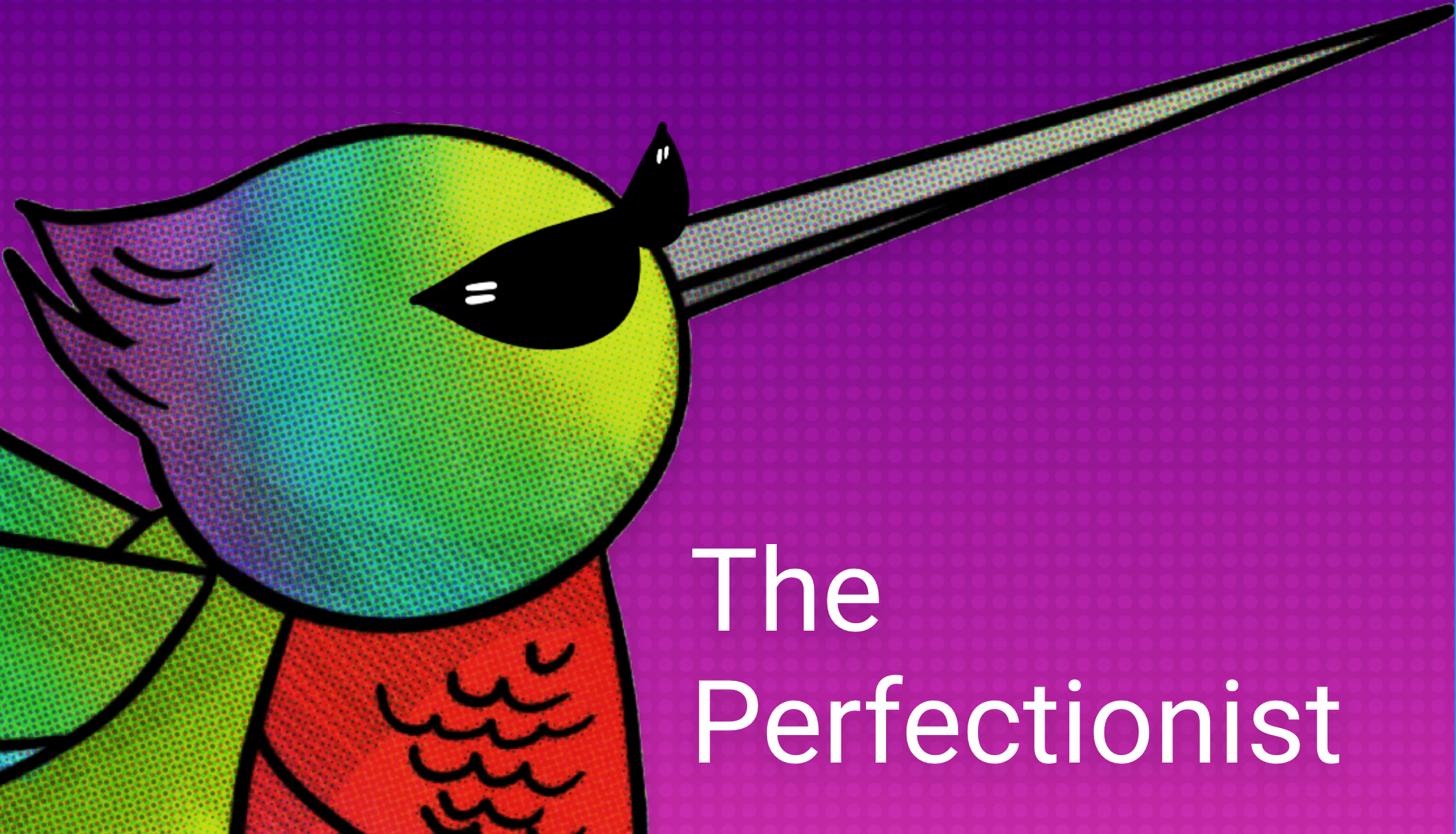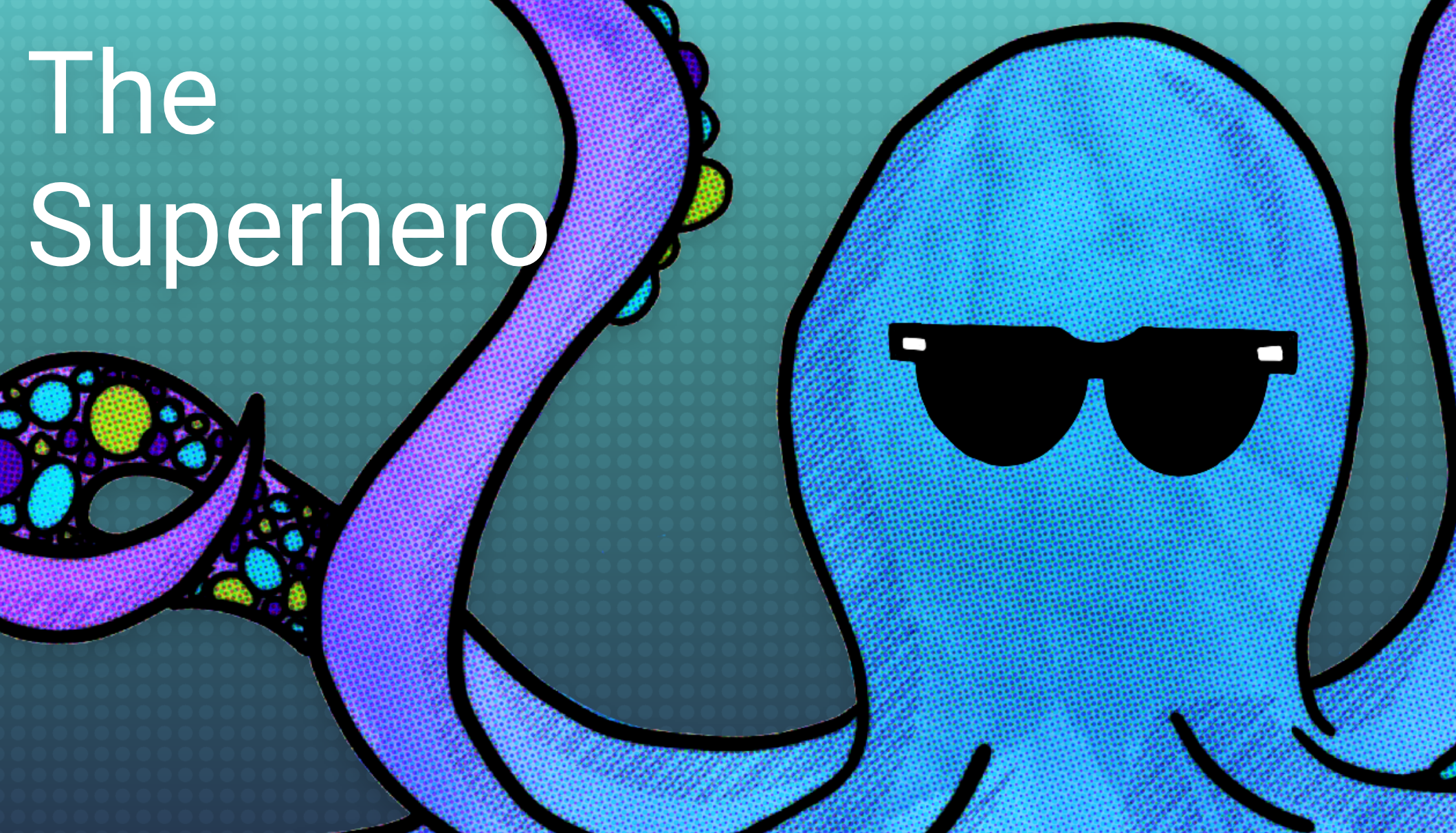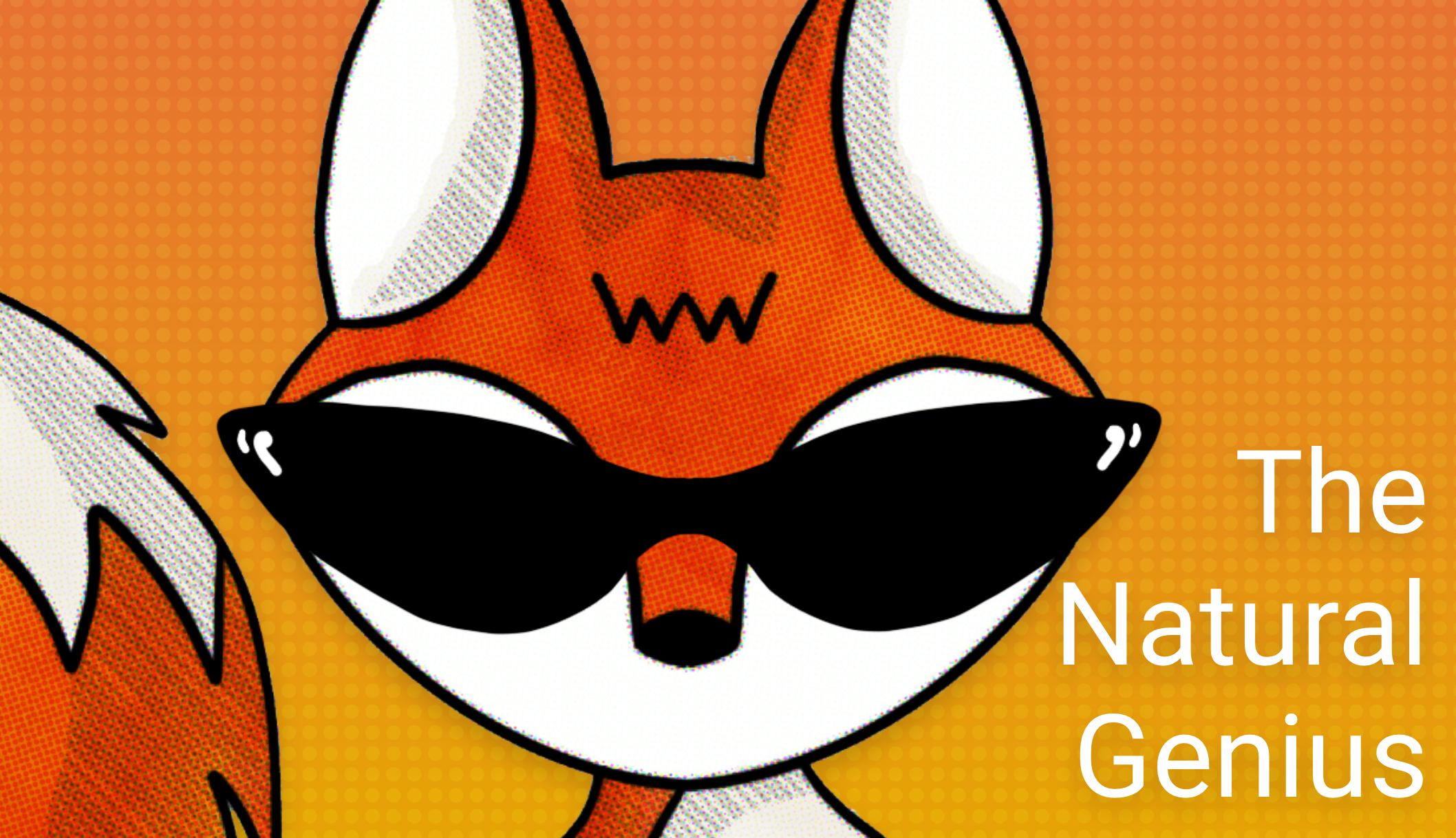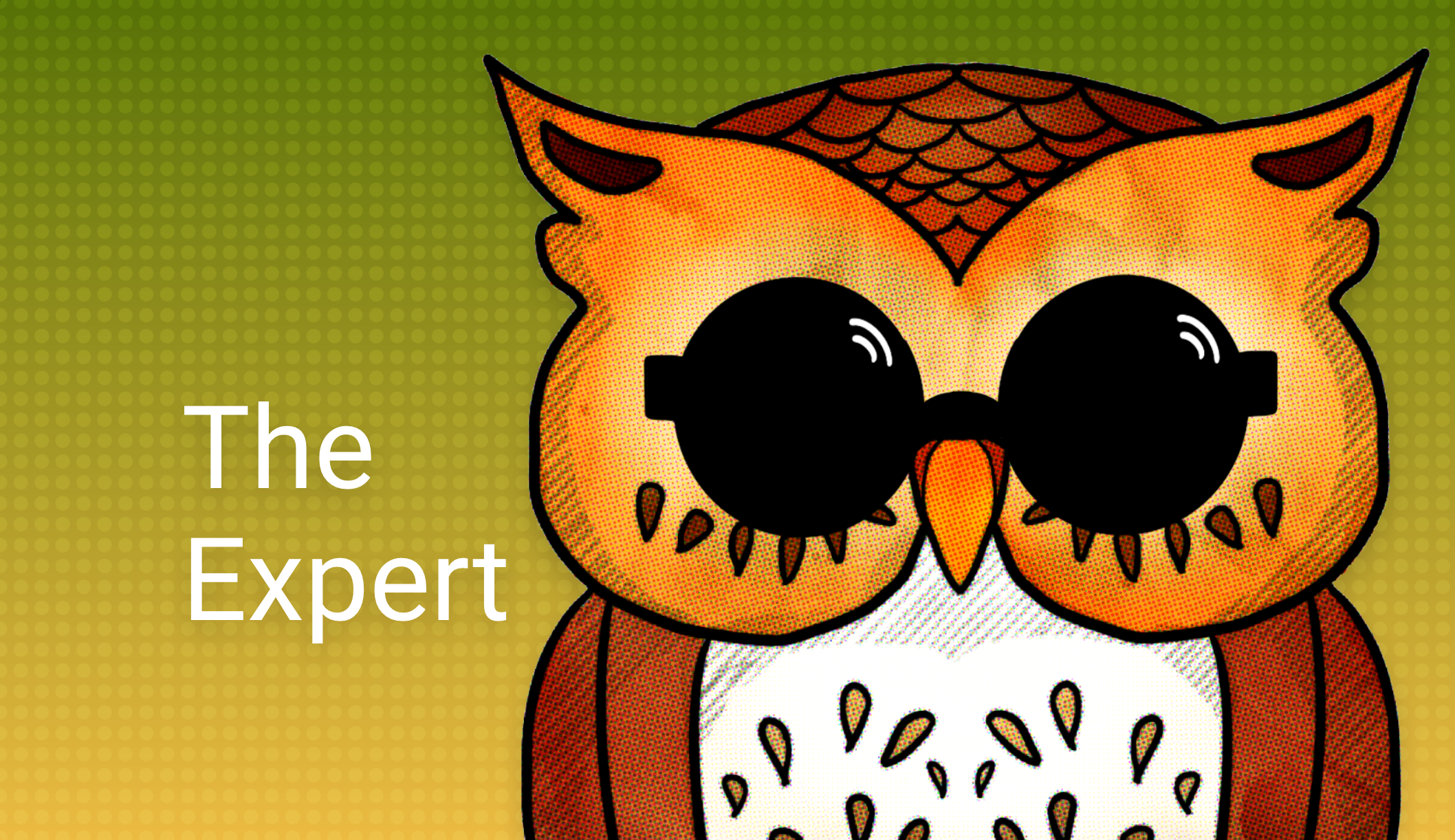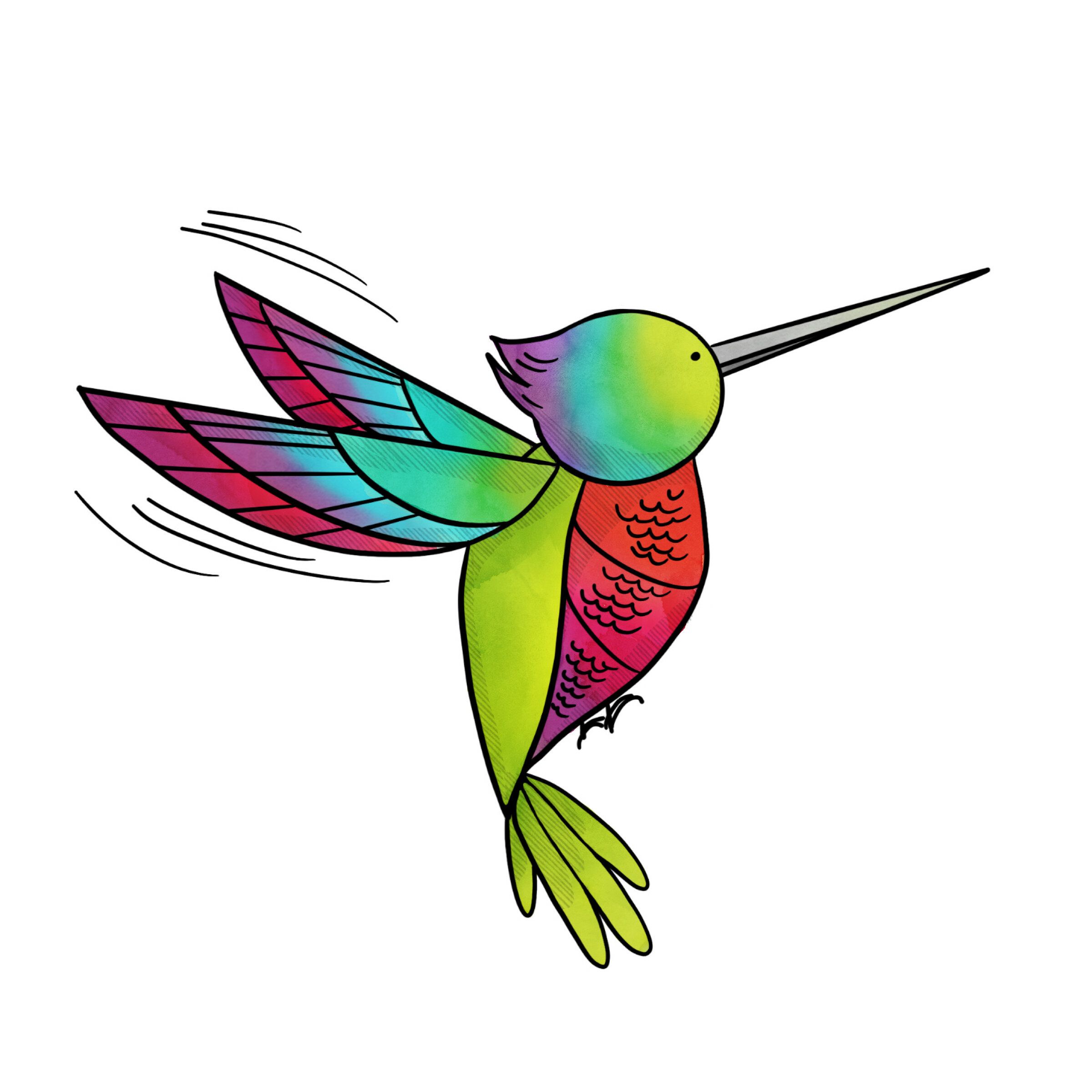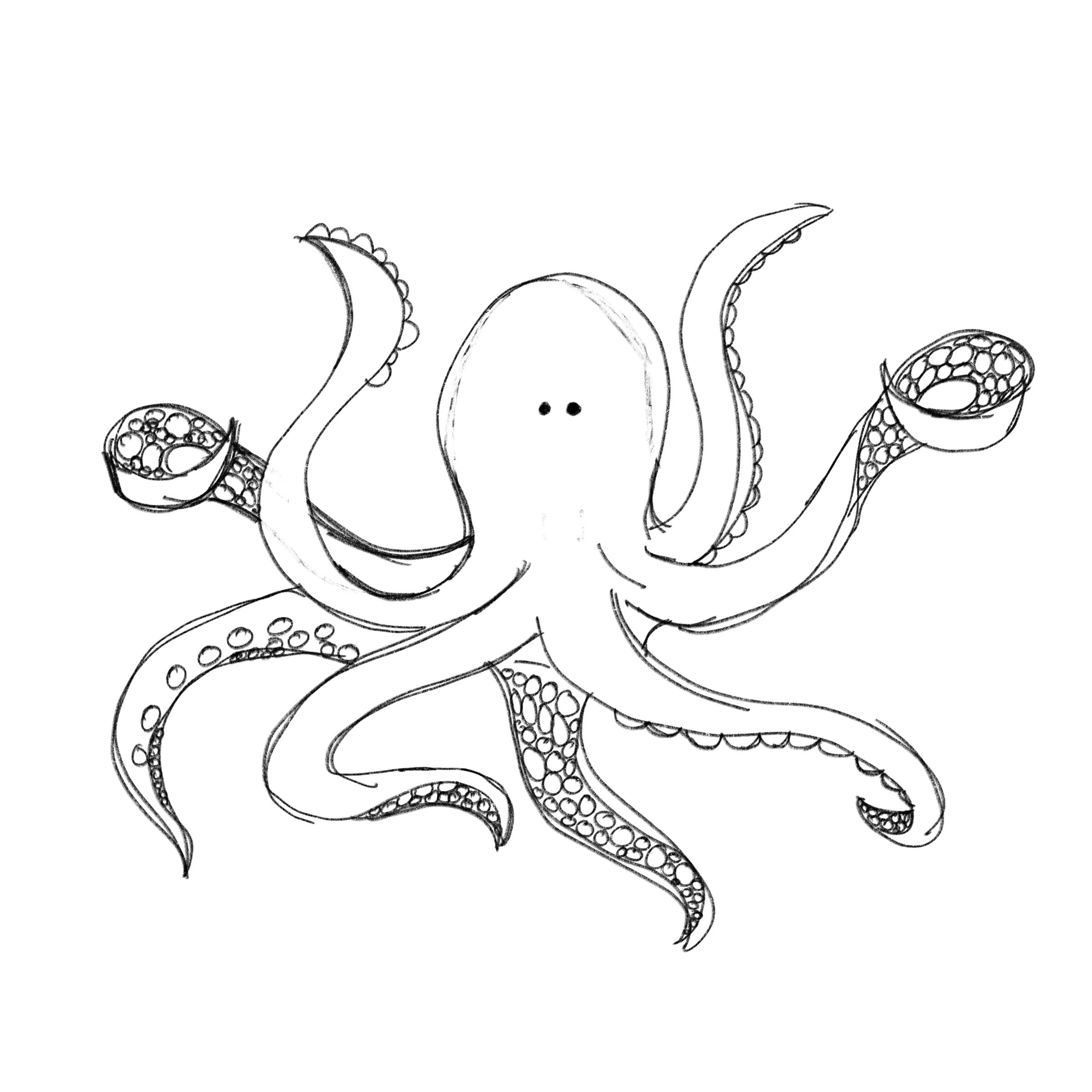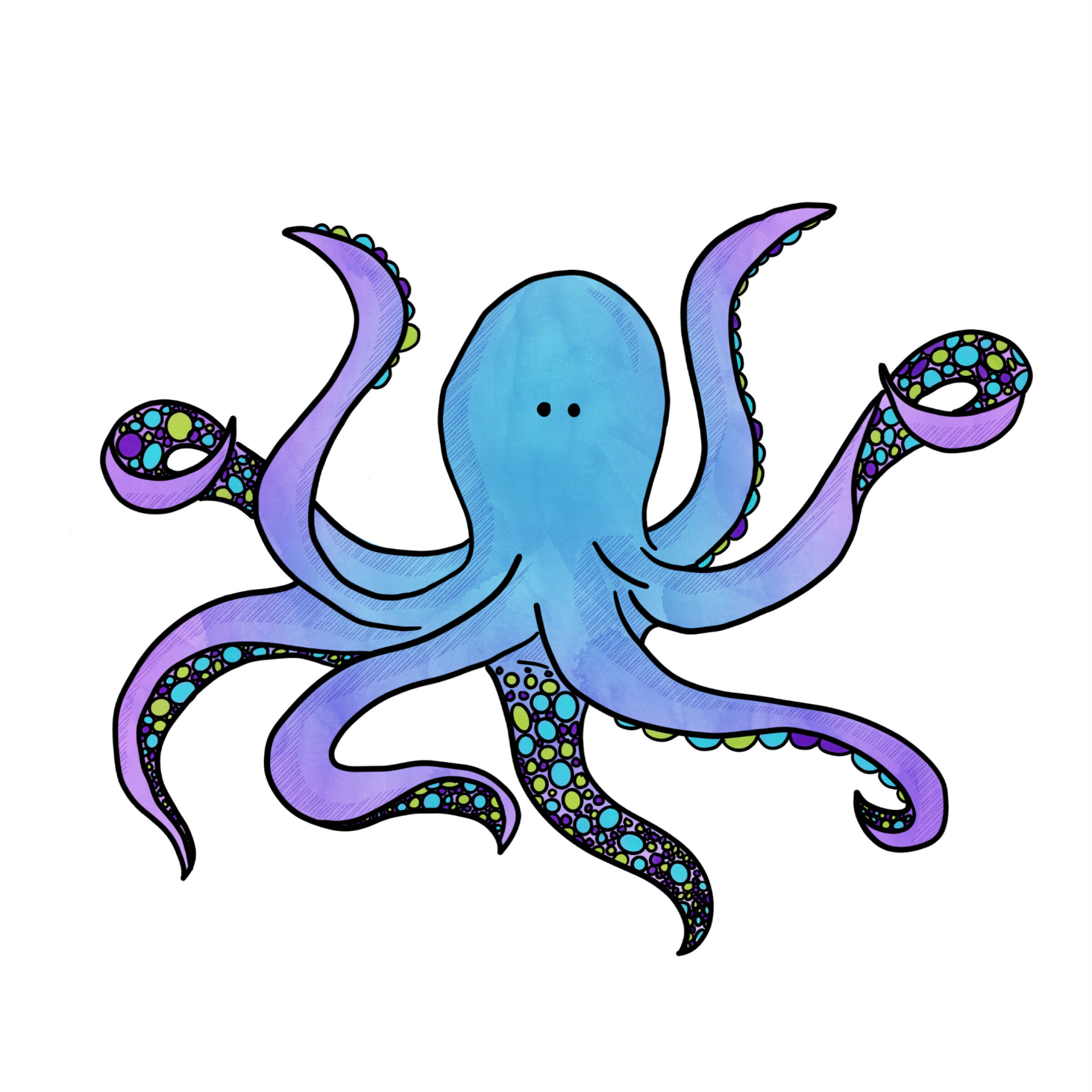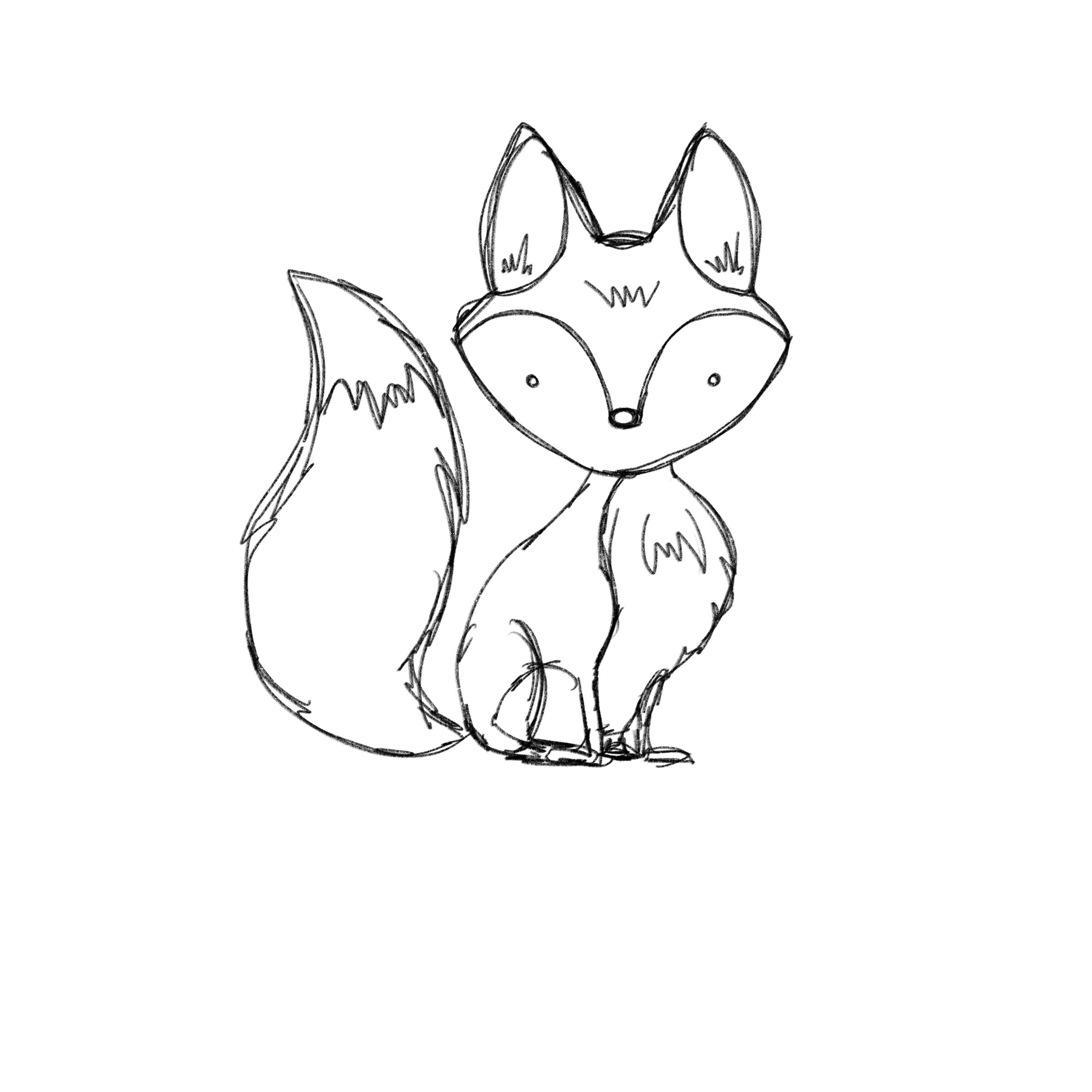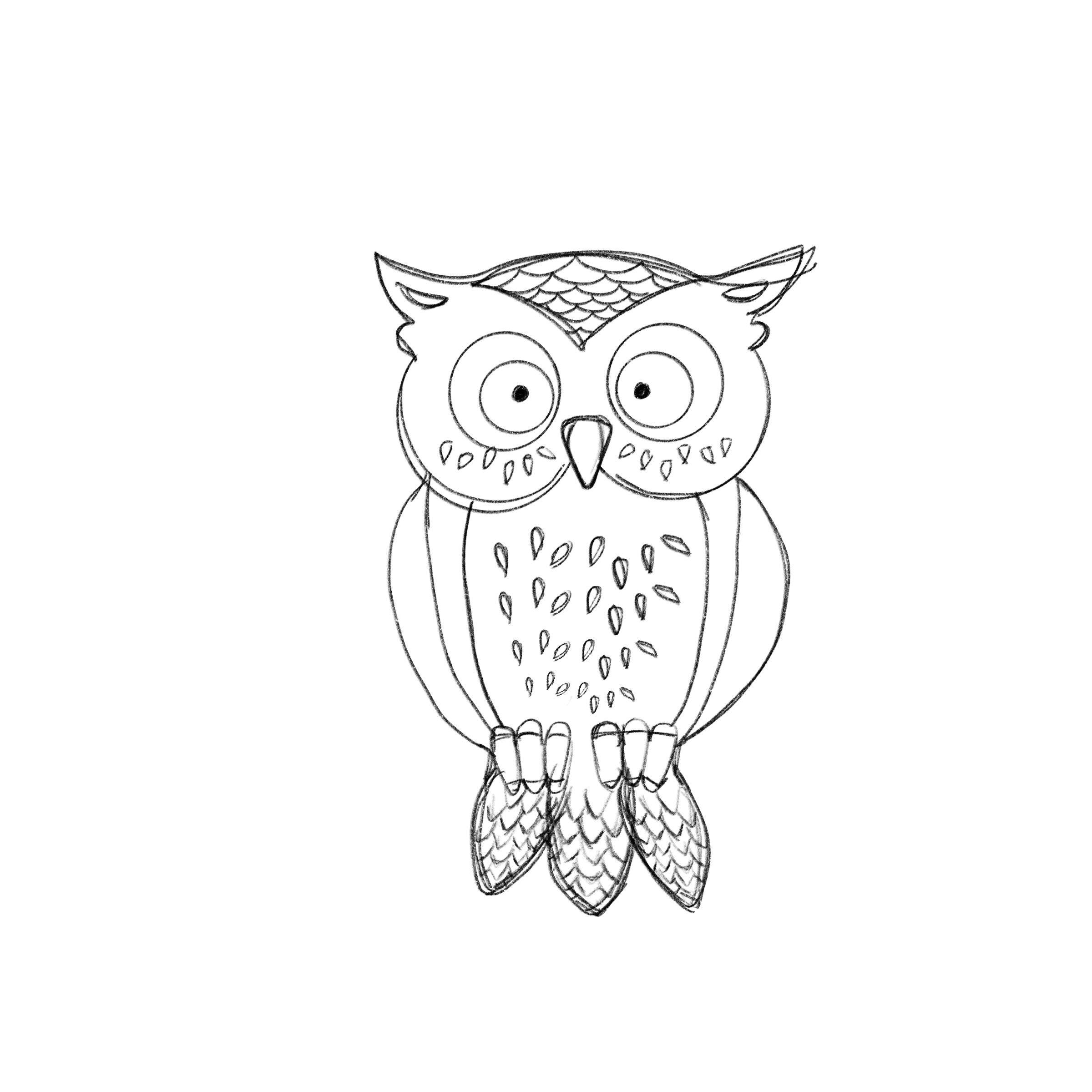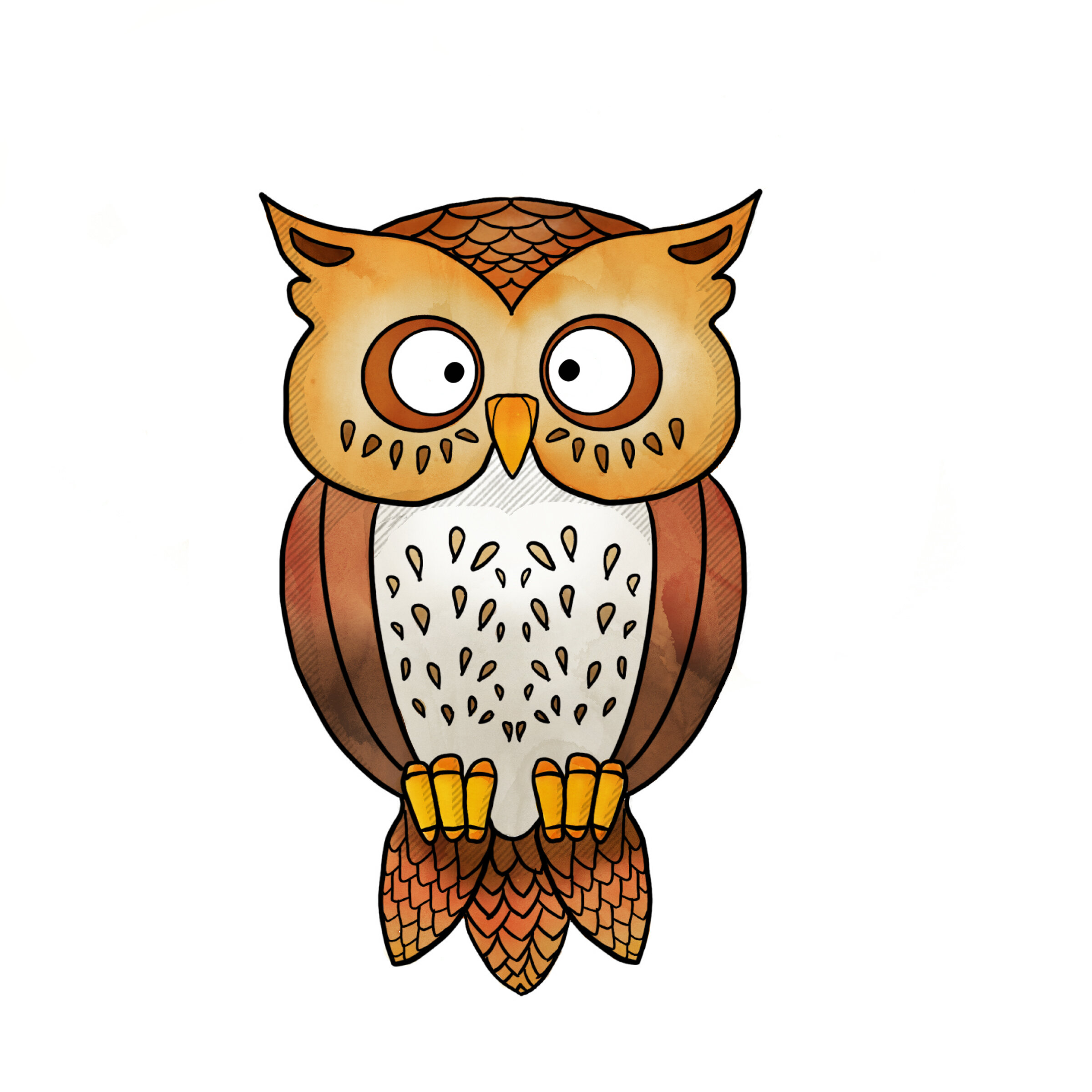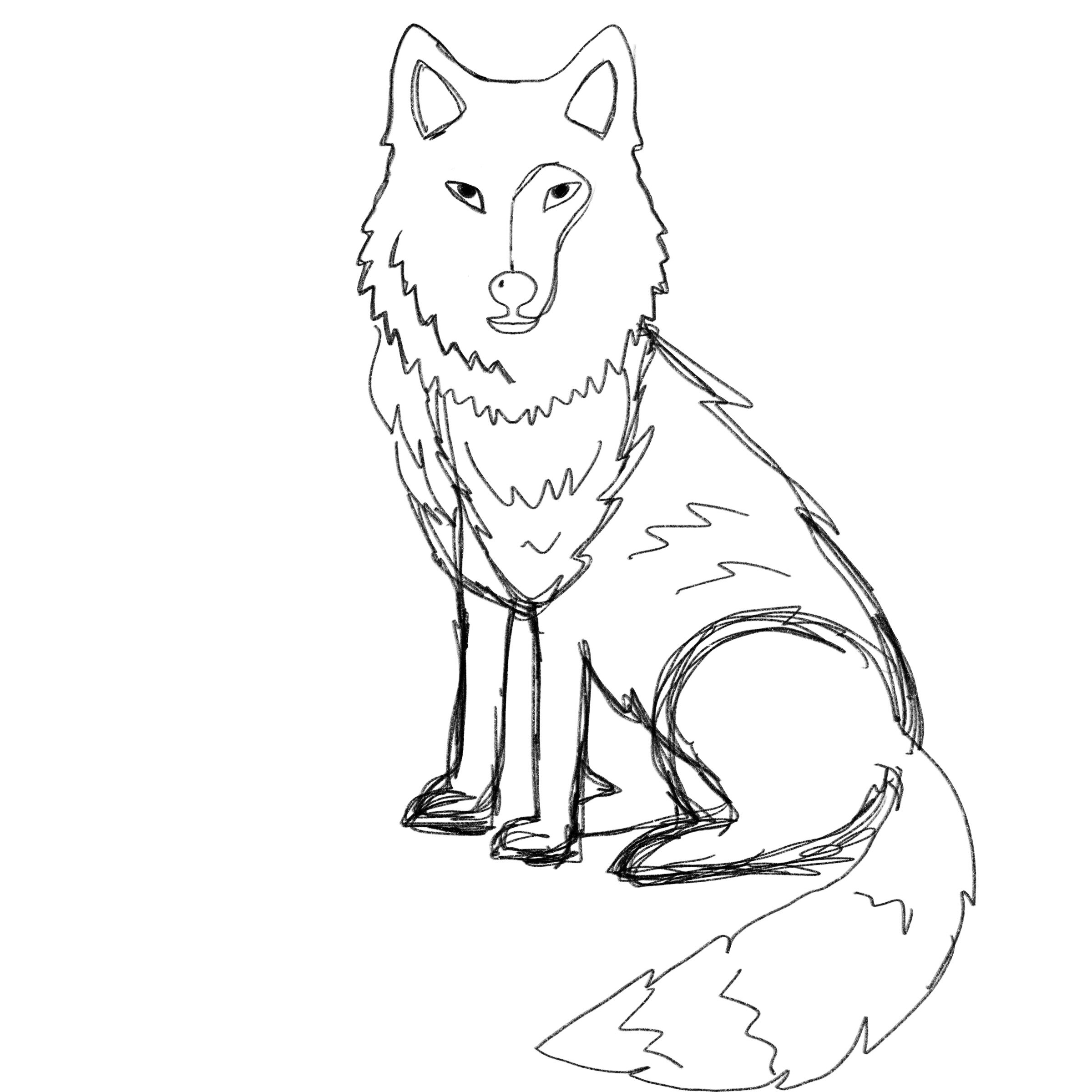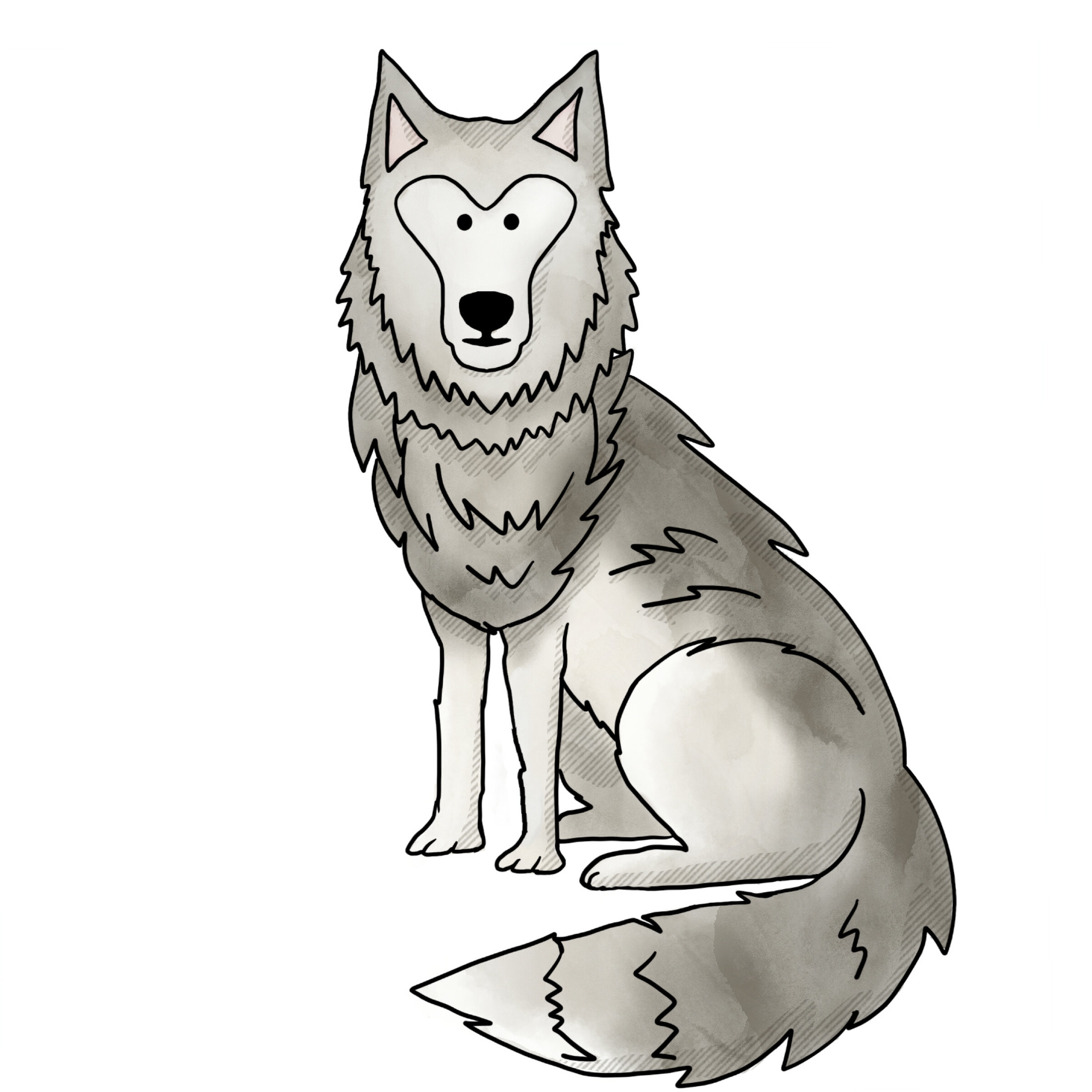THE CHALLENGE
Record a five minute presentation to analyse and evaluate the development of your chosen Industry Set project brief.
Reflect on the project evolution, strategy, innovation, user testing, positioning and final delivery.
Record your presentation in the format or media of your choice (for example, a Keynote slide presentation, video recording, podcast or website).
Ensure you articulate the project’s relationship to its original research and strategic starting point.
FINAL DESIGN OUTCOME AND REFLECTION
Below you can see a recording of the app design. I am really pleased with the way it turned out. It was a very educational project and experience.
Imposter syndrome is something that impacts over 70% of people at some point in their lifetimes. Often far more than just once. There are even higher rates of imposter syndrome in the creative community.
Developing a mechanism for conversation around this dilemma is key. This app is a good start. Further development is greatly needed to normalize and mitigate the negative impacts of imposter syndrome.
What would I do differently?
In terms of project or campaign deliverables, and given more time, I would design a robust GottaBe.Me Imposter Syndrome kit which would include posters, tip sheets for engaging in group discussions for instructors and creative students, for counselors and for employers. Additionally, I would create social media assets so that folks can relay what they’ve learned about themselves with regard to imposter syndrome and provide a mechanism for having their own conversations.
From a technical perspective, I would have liked to create assets that are more dynamic like the mycreativetype.com animated characters as well as work with age-appropriate content developers such as student writers and skilled motion graphic specialists. This would really take the campaign to the next level.
All in all, I am really pleased with the way the project evolved. I really appreciate the input of my fellow cohort members and instructors as well as my colleagues in my professional community which is a university teaming with the target audience for whom my projects was developed. I work side-by-side young designers every day which made the project personally and professionally very rewarding. Lastly, I am delighted that I stretched myself to learn a new tool: Adobe XD. I was intimidated at first, but likely more due to my own imposter syndrome than the overall complexity of this very intuitive and well designed program.
The only real downside to this project was my inability to keep up with the course as it progressed. I faced a very difficult professional workload this course which definitely impacted my ability to focus on my studies in real-time. This taught me a lot about what I can do differently moving into the next course with regard to time management, establishing effective boundaries, and asking for help.
REFERENCE:
Skillshare (2018) Adobe XD Masterclass: Design a Mobile App & Website Wireframe. Retrieved from https://www.skillshare.com/classes/Adobe-Xd-Masterclass-Design-a-Mobile-App-Website-Wireframe/1543837313/lessons.
Beirut, M. (2015) How to use graphic design to sell things, explain things, make things look better, make people laugh, make people cry, and (every once in a while) change the world, London, Thames & Hudson.
AWWWARDS, (2018) Redefining Reality with Geoffrey Lillemon, Creative Director of W+K's Department of New Realities. Retrieved from: https://youtu.be/AUuTjsbNvpk
99U, (2019) Joel Beckerman: Designing With Sound. Retrieved from: https://vimeo.com/343057666
Glug, (2019) Marcello Google Creative Labs. Retrieved from: https://youtu.be/LdCBnqbCtm8
Skillshare, (2013) Design as Idea with Bob Gill. Retrieved from: https://youtu.be/_-nuzlpiKag
